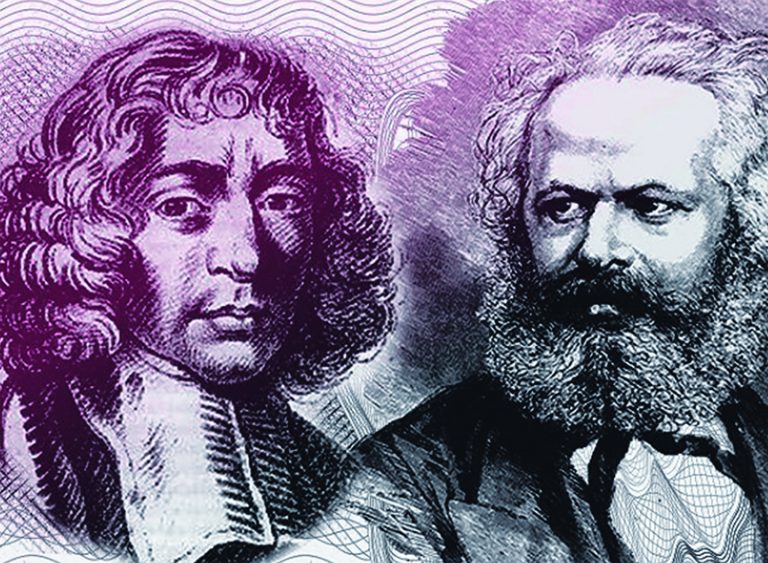
-
Updating Roman Jakobson’s ‘Poetic Function’ with Vector Semantics
Read more: Updating Roman Jakobson’s ‘Poetic Function’ with Vector SemanticsKurzynski discusses how poetry extends beyond sound and rhythm and taps into a deeper network of meanings.


Kurzynski discusses how poetry extends beyond sound and rhythm and taps into a deeper network of meanings.

How can reading Spinoza help us to understand Marx's concept of alienation under capitalism?

By Dan Taylor In October 2020, in the days leading up to the US Presidential Election, over 130 leading historians of fascism signed an open letter. They warned that democracy today is deeply imperilled. It is either ‘withering or in…

By Dan Taylor Baruch Spinoza’s Theological–Political Treatise, published anonymously in 1670, quickly turned Europe upside-down. Dismissed by one contemporary as a book ‘forged in hell by the Devil himself’, it argued that for societies to endure conflict and flourish, they…